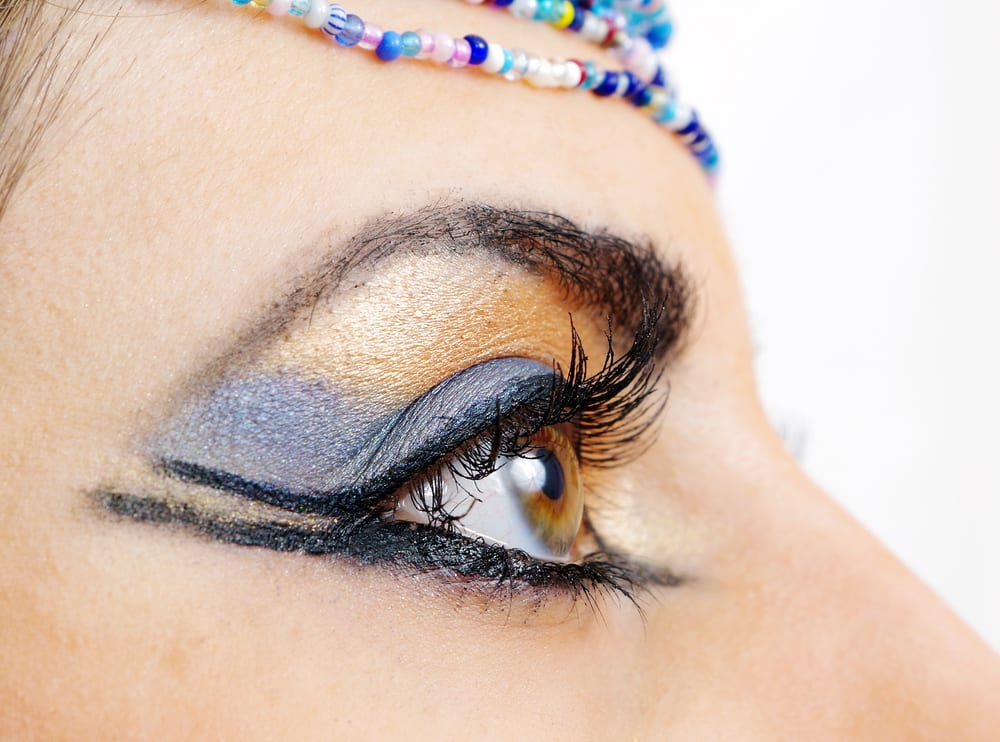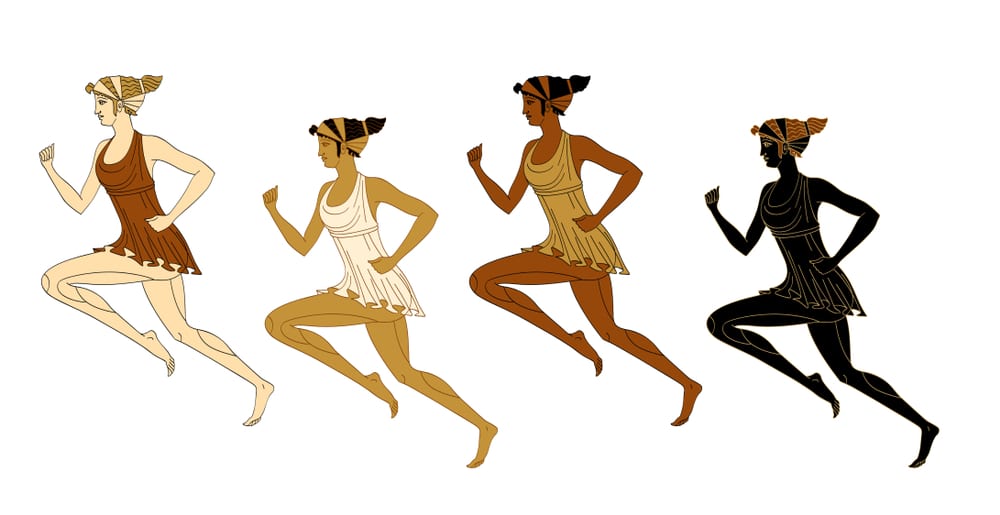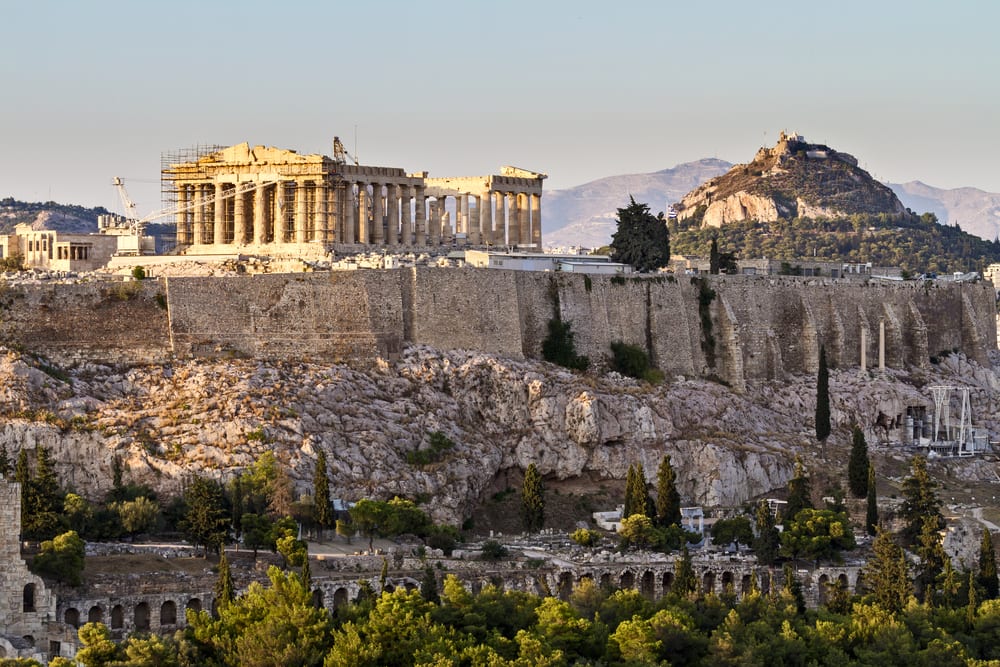The many simple and complex concepts, ideas and things that we enjoy now and benefit from have their origins back to the ancient civilization. Let’s travel through time as we take a look on who and where these valuable inventions came from.
Chocolate

The all-time favorite – Chocolate – has its origins 3,000 years ago in ancient Mesoamerica. The Mayas, Aztecs and Toltecs cultivated the Cacao tree from which the chocolate is derived. The Maya, in particular, revered the cacao tree so much so that they worshipped it. Perhaps because the lathered beverage that they prepare from the cocoa beans gave them the needed vitality, enhanced their mood and stimulated their sexual desires. The Cacao tree, due to its value and importance, was even used as a legal tender.
The Spanish conquerors, in their quest to find treasures in the New World, chanced upon the shores of Mesoamerica. Aware of its potential, they brought chocolate into their domain upon their return and the rest, as they say, is history.
Zero

The concept of zero itself has its origins since time immemorial. And its history spans thousands of miles apart. First, it was the Babylonians who used zero, not just as a placeholder, but also to demonstrate the lack of one column of another number such as in the year 2018. This milestone happened when they adopted the counting system of the Sumerians at around 300 B.C.
Second, thousands of miles away at around A.D 350, the Mayans used zero as a placeholder, too. However, like their Babylonian counterpart, they did not imagine zero as a number nor used it in mathematical equations.
Of recent times, i.e., in the 7th century, it was Bramagupta, the prolific Hindu astronomer, who extensively used zero in numerical equations and operations that even led him to write rules about its usage. He is therefore credited for conceptualizing zero itself as a number.
Paper

Egypt, the cradle of ancient civilization, was an invention powerhouse and paper is one of its major contributions to the world! Papyrus was developed in 3000 B.C. from the core of Papyrus plant that grew in abundance along the River Nile. If you’ve ever been to Egypt, you must have seen Egyptians demonstrating to tourists how papyrus was made in ancient times. It was simply amazing. Long strips are weaved together, soaked in a water and pressed for a certain amount of time to bind them that would result to sturdy pieces of writing material when dried. These paper sheets are so durable that hieroglyphics inscriptions on them were still clearly legible for thousands of years.
Eye Makeup

Eyeliners? Yes. It was still the Egyptians who discovered it about 4,000 B.C. The called it “kohl“, pronounce “kohol”. Galena is the main component of kohl, a mineral that comes in the shade of blue, gray and black. Mixed with a soot, they used this concoction as eyeliners. While at present times very few men are wearing kohl, this eye make up was used by both sexes during ancient times, not only for its healing wonders but also a protection from the eyes of an evil.
The Marathon

Are you a Marathoner? Well, you better know this story on how your favorite sports originated. It was during 490 B.C when a Greek soldier ran a distance of 26 miles from Marathon to Athens to deliver the news of Athens’ victory over Persia on the Battle of Marathon. Then after fulfilling his mission, the unnamed soldier died on the spot.
Over time, the soldier’s story has an all new version. It was said that another soldier named Pheidippides, who was more famous, ran for two days covering a distance of 250 kilometers from Athens to Sparta to give warning on the impending invasion by the then equally mighty Persia. However, the soldier arrived at an imopportune time when the whole of Sparta were having this religious celebration. Due to the limited preparation, Spartans were overpowered by the Persians. Interesting, isn’t it?
The revival of modern Olympic Games (1986) in the beautiful, ancient Greek city of Athens, also saw the rebirth of the modern Marathon. And the winner? It was Spyridon Louis, the Greek runner himself. A crown fitted for its pioneers.
Concrete

The opus caementicium, or the tough Roman concrete, was what set the Romans from others. This magnificent invention set forth a building renaissance in the whole of Rome. The Roman concrete is made of limestone, concocted with volcanic ash to become a mortar. The mixture, along with lumps of bricks, became the building blocks for the construction of sturdy bridges, aqueducts and stunning buildings that endured the tests of time. These include the famous Colosseum and the Pantheon. A powerful nation at that time, they brought this technology to every nation they conquered and built equally enduring architectural wonders that still majestically to this day.
Opus caementicium may be lesser in strenght as compared to the concrete of today but it has the enduring power to withstand damaging exposures to the likes of seawater and other destructive elements. It can be likened to its inventors- that though the Roman empire’s glorious days have been weakened, or even lost, through time and its glory faded- its influence is still so alive and evident in our times and even beyond.
Democratic government

We should all thank Cleisthenes, the ruler of Athens, for introducing Democracy to the world. The word itself which stems from the Greek word “demokratia,” was introduced and conceptualized by him in 507 BC. It is supposed to literally mean, a government ruled by the people. Demokratia is composed of three institutions independent of one another. The first is Ekklesia, which means the Assembly, which is equivalent to Legislative branch in today’s world. They are responsible for writing laws and crafting foreign policies. The second is Boule, a body that is represented by the different tribes of Athens. It is a council that ensures the laws were implemented, similar to the present-day’s Executive branch. The third institution is the Dikasteria, which comprises the court system and in today’s democracy, it is equivalent to the Judiciary branch.
Although Democracy, which literally means a “rule by the people”, there was very limited participation during that era due to age and gender restrictions: only male above 18 were required to partake.
This popular system of governance may have been short-lived when the Aristocratic form was spearheaded by General Pericles in 460 B. C but its principles and ideals are very much in synch with the modern times.
Newspaper

Rome boasts as the first ever nation to introduce the concept of Newspaper. Acta Diurna, the “daily acts,” was the first official paper of Rome that emerged approximately 131 B.C. It is considered as the archetype for the present newspaper. Acta Diurna chronicled the ancient Rome’s political and social activities. The Roman Forum, an area frequented by many Romans, was where the Acta Diurna was being posted. Here, people will get to read of the empire’s military feats, informed about the gladiators’ fights and other popular games. Likewise, there was a census-like news where you can read the births and deaths of prominent people and other stories of the day. These were all engraved either in metal or stone.
During the tenure of Julius Caesar, Acta Senatus was conceived. As the name implies, it reported all the events that were exclusively happening in the Roman Senate.
